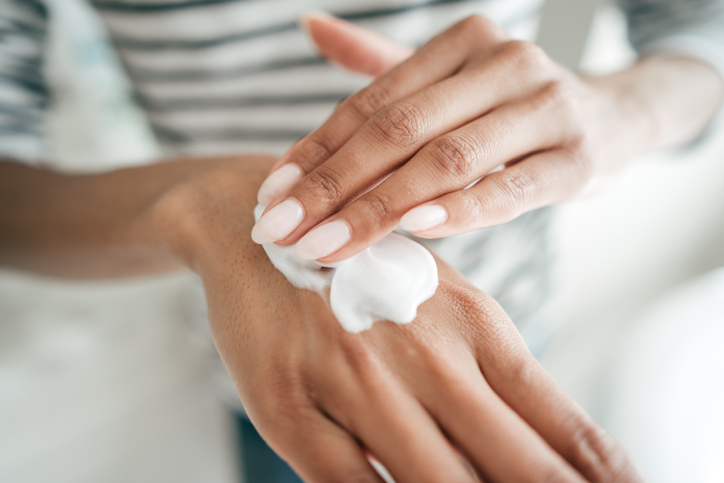
Rheometry Is More Than Just Viscosity
Rheometers are instruments that impose a highly controlled deformation to a fluid while measuring the force required to maintain that deformation (or vice versa). Viscosity, a parameter that indicates a fluid’s resistance to flow, is normally the main property that people think of when using a rheometer. However, rheometers can provide a great more information […]
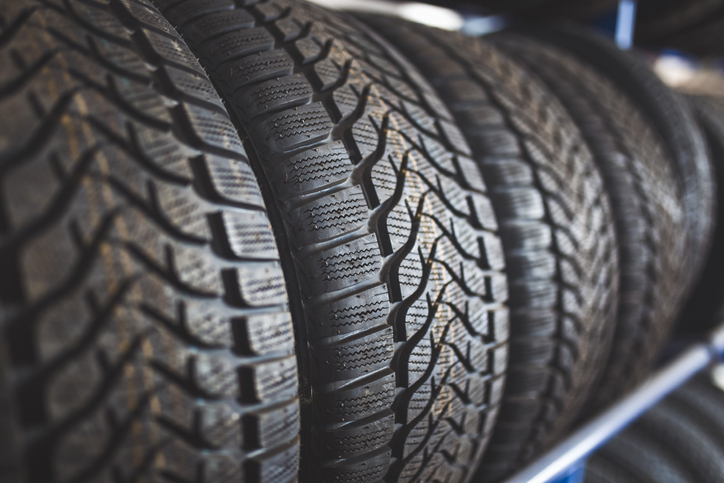
On The Subject of Tires
Ever wonder what your tires are made of? Tires these days are highly formulated composite structures encompassing several types of rubber compounds, crosslinking agents, plasticizers, stabilizers, and fillers, all designed to provide durability, low wear, and traction. Around WWII, butyl rubber was in short supply, causing rubber scientists to try crosslinking silicone elastomers. The result […]

US Patent Issued to CPG
CPG was issued US Patent 8728379 in May 2014. This patent describes methods of making wear resistance, oxidatively stable polyethylene for orthopedic implants. The technology involves irradiating ultra high molecular weight polyethylene (UHMWPE) which contains Vitamin E as an antioxidant. This patent is available for license. For more information, please visit our web site.
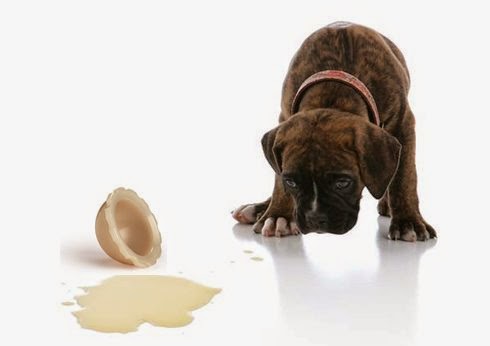
Vitamin E Content in UHMWPE
In a recently published article in the Journal of Biomedical Materials Research, CPG scientists describe a new method of quantifying the amount of Vitamin E, a naturally-occurring antioxidant, in ultra high molecular weight polyethylene (UHMWPE). This technique uses a thermal approach to measure the oxidation resistance of the material via an oxidation induction time measurement. […]

Filler Content in Plastics
Not the night sky, but rather an elemental map of filler in a polymer matrix. The bright spots are zirconium oxide in PMMA. Inorganic fillers are often added to thermoplastics to provide increased rigidity, hardness, impact strength, thermal conductivity, radiopacity, as well as reduced mold shrinkage. Filler, in the form of a powder, is normally […]
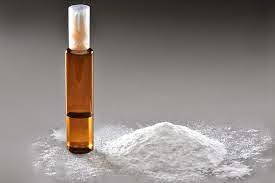
Monomer Analysis in Bone Cement
Polymer methyl methacrylate-based bone cement is commonly used in some hip and knee replacement arthroplasty surgeries to fix the metal components in place in the joint space. These cements are normally provided as two components. The first component, a powder, contains pre-polymerized PMMA powder along with some initiator (usually benzoyl peroxide) and a radiopacifier (usually […]

What’s in Your Coffee?
Coffee is prepared by steeping roasted ground coffee beans in hot water, and then removing the grounds. Caffeine, a naturally occurring stimulant found in coffee, can be removed from the coffee bean by a variety of methods. Benzene was originally used to extract caffeine from coffee in the early 1900s, but its toxicity resulted in […]

Set Free the Radicals!
Free radicals are unpaired electrons found on molecules, and can be the result of incomplete chemical reaction, radiation exposure, oxidation, or mechanical stress. Normally, free radicals are highly reactive and immediately react with other free radicals, oxygen, or other available chemical species. In some materials, however, free radicals can be temporarily stable, sometimes for years, […]
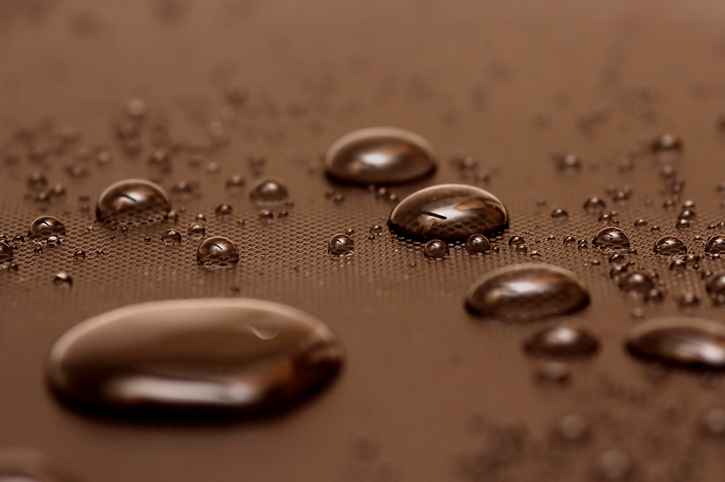
Is Your Liquid Tense?
Surface tension is the property that allows water striders to glide across the surface of a pond, for razor blades to float in a glass, and for water to stream from a hose for a certain length before breaking up into droplets. It is caused by intermolecular forces holding molecules in a liquid together, resisting […]
Thermal and Infrared Characterization of Materials
The increasing interest in material deformulation analysis and quantification of trace compounds in materials has led to the development of coupled analytical techniques. One of these techniques is TGA-FTIR, which combines the mass sensitivity of thermogravimetric analysis (TGA) with the compound identification ability of Fourier transform infrared spectroscopy (FTIR). In TGA-FTIR, the sample is placed […]
